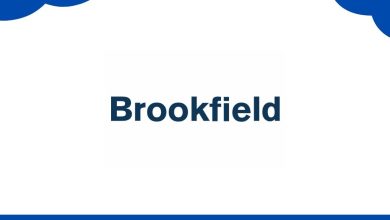Criteo Stock is Down 15%: Is it a Value Trap or a Contrarian Buy?

Despite a painful 15% decline in its stock price over the last three months, a closer look at Criteo’s (NASDAQ:CRTO) financial engine reveals a potentially undervalued company with surprisingly robust fundamentals, posing a key question for investors.
NEW YORK, NY – At first glance, the recent performance of ad-tech firm Criteo (CRTO) is enough to make any investor cautious. With its stock tumbling 15% in the past quarter, market sentiment appears decidedly negative. However, a deeper dive into the company’s financial health reveals a compelling paradox: while the stock price has faltered, its core profitability metrics look remarkably strong.
This discrepancy suggests that the market may be overlooking the long-term resilience of Criteo’s business, creating a potential opportunity for those willing to look beyond the short-term noise.
The Hidden Strength: A Standout Return on Equity (ROE)
The standout indicator for Criteo is its Return on Equity (ROE). ROE is a critical measure of how efficiently a company’s management is using shareholder investments to generate profit. Based on its trailing twelve-month performance, Criteo boasts an ROE of 13%.
To put that figure in context, Criteo is outperforming its peers. The average ROE for the media and advertising industry stands at 11%, making Criteo’s ability to generate profit from its capital notably efficient. In simple terms, for every dollar of shareholder equity, the company generated $0.13 in profit.
The Growth Enigma: A Profitable but Stagnant Engine
Herein lies the puzzle for investors. Criteo has a strong ROE and, as it pays no regular dividends, it retains 100% of its profits to reinvest back into the business. Typically, this combination of high profitability and high reinvestment is a powerful formula for rapid earnings growth.
Yet, Criteo’s net income has remained stubbornly flat over the past five years. This stagnation is even more puzzling when compared to the broader industry, which saw an average earnings growth rate of 6.9% over the same period. This raises critical questions:
-
Is the company facing intense competitive pressures that are limiting its growth potential?
-
Are there other external factors capping its ability to convert reinvested profits into bottom-line growth?
The Investor Takeaway: A Story of Two Halves
Criteo presents a classic case of conflicting signals. On one hand, its impressive ROE demonstrates operational efficiency and strong management of capital. On the other, its inability to translate this efficiency into meaningful earnings growth is a significant red flag that has likely contributed to its recent stock decline.
While the lack of growth is disappointing, analysts are forecasting a marginal return to earnings growth in the future. For investors, Criteo is neither a clear-cut buy nor an obvious sell. It’s a complex picture: a highly efficient company that is struggling to expand.
The key question is whether its current depressed share price has already accounted for the sluggish growth, potentially making it a “contrarian buy” for those who believe in its latent potential. Or, is it a “value trap,” a company that looks cheap on paper but is unable to deliver the growth needed to reward shareholders? A deeper investigation into the company’s competitive landscape and future strategy is essential.

